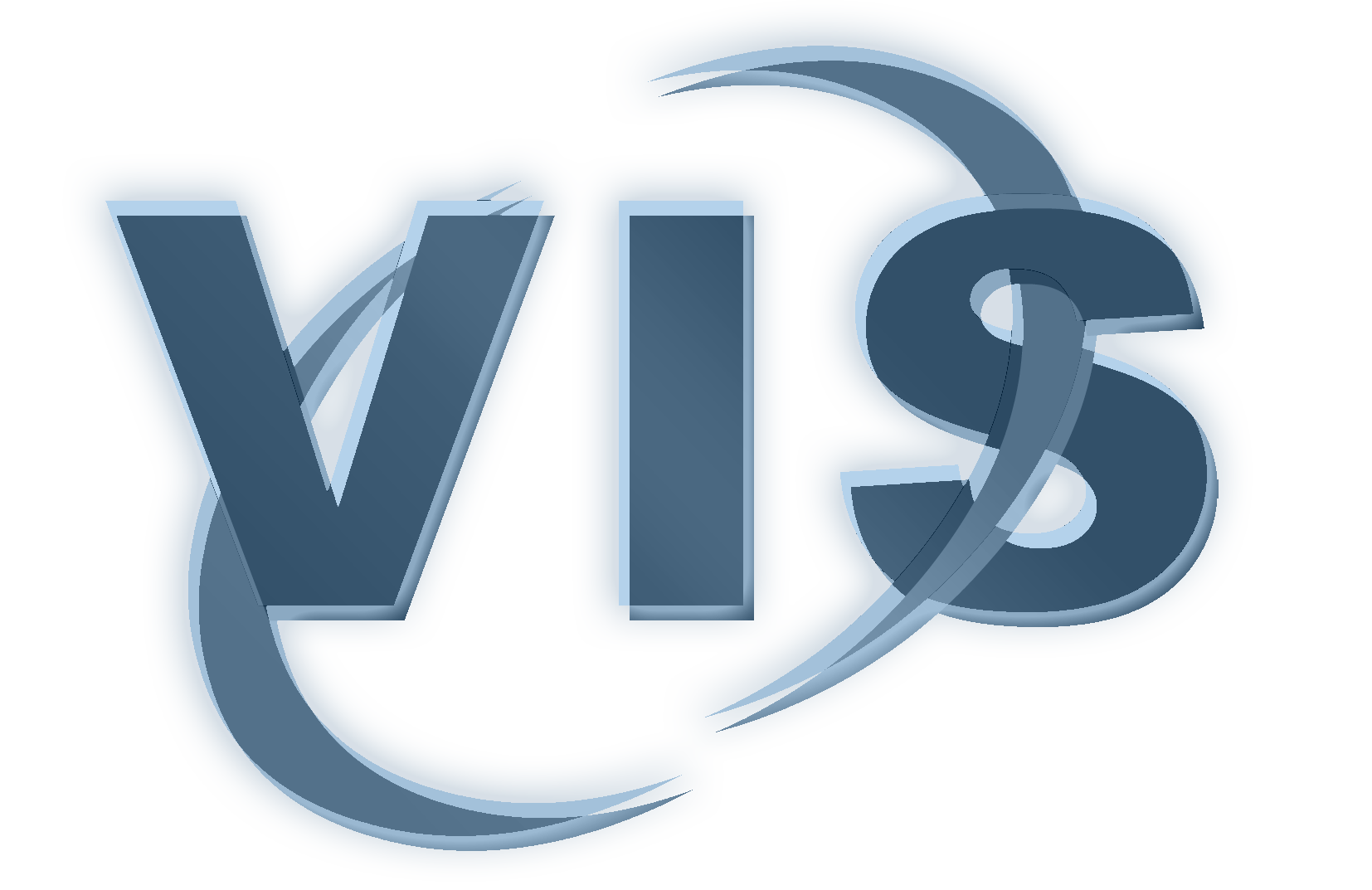The development of visualization techniques requires a good understanding of the underlying data. Hence, an overview about imaging procedures and the resulting data is given. Many visualization and interaction techniques require context knowledge, e.g., which voxels belong to objects, how large are objects and how are they branched. The identification and analysis of medical data for the extraction of this information is part of medical image processing. During the lecture, image processing techniques are presented or repeated as a requirement for the application of visualization procedures.
Medical visualization algorithms form the core of the lecture. Thereby, the visualization quality, efficiency of image processing and rendering of spatial relations are important. The interactive handling of these visualizations is treated in detail. This includes the transformation of volume data, selection and highlighting techniques as well as virtual resection and measuring methods. The volume visualization procedures are supported by freely available and commercial tools. A comparison of these tools and an implementation into a freely available system – the Visualization Toolkit vtk – completes this part of lecture.
An application part of the lecture discusses concepts and systems of computer-assisted anatomy training, planning of surgical interventions and other therapies as well as the generation of virtual flights through the human body (virtual endoscopies). At the end of this part, a short overview about computer-assisted surgeries, i.e., the support of surgeons through suitable images or even surgical robots is given.
Knowledge about Medical Imaging is required.
